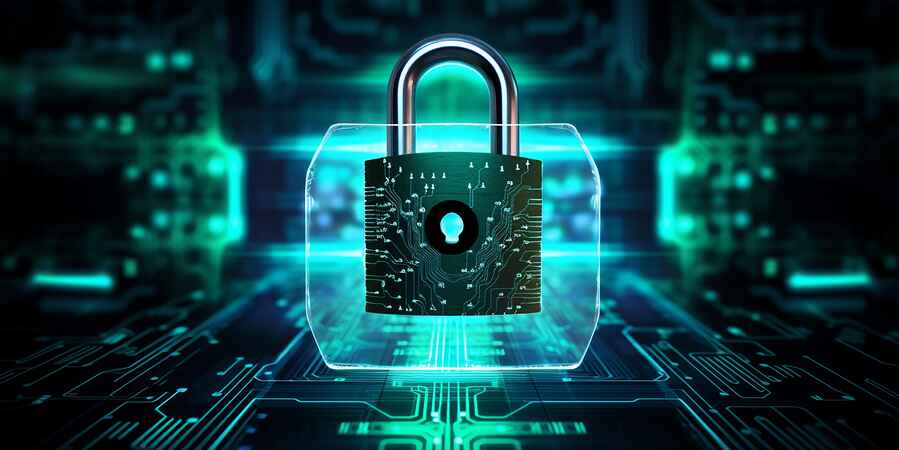The National Institute of Standards and Technology (NIST) has officially released the first three post-quantum cryptographic algorithms. The three algorithms are ML-KEM, ML-DSA, and SLH-DSA. Earlier, these algorithms were known as CRYSTALS-Kyber, CRYSTALS-Dilithium, and SPHINCS+. There is also a signature algorithm FN-DSA proposed to be issued as a draft standard at the end of theContinue reading “How NIST’s New PQC Algorithms Impact You”
Tag Archives: NIST
In-Depth Analysis of FIPS 205: Stateless Hash-Based Digital Signature Standard
The Federal Information Processing Standards Publication (FIPS) 205 introduces a groundbreaking approach to digital signatures with its Stateless Hash-Based Digital Signature (SLH-DSA) Standard. Our blog presents the framework for digital signatures, leveraging hash-based techniques to enhance both security and efficiency in cryptographic systems. Overview of SLH-DSA FIPS 205, or the Stateless Hash-Based Digital Signature Standard,Continue reading “In-Depth Analysis of FIPS 205: Stateless Hash-Based Digital Signature Standard”
Understanding FIPS 204: The Module-Lattice-Based Digital Signature Standard
The Federal Information Processing Standards Publication (FIPS) 204 introduces the Module-Lattice-Based Digital Signature Standard. This standard is designed to address the growing need for security in an era where traditional cryptographic methods may be vulnerable to quantum computing attacks. Here’s a detailed overview of FIPS 204, its purpose, and its implications for modern cryptographic practices. Continue reading “Understanding FIPS 204: The Module-Lattice-Based Digital Signature Standard “
In-Depth Overview of FIPS 203: The Module-Lattice-Based Key-Encapsulation Mechanism Standard
The Federal Information Processing Standards (FIPS) 203 publication introduces the Module-Lattice-Based Key-Encapsulation Mechanism (ML-KEM) Standard, which provides a cutting-edge cryptographic framework designed to secure data against emerging quantum computing threats. Our blog explores the core elements, parameter sets, implementation differences, and practical considerations outlined in the FIPS 203 standard. Introduction to ML-KEM ML-KEM is aContinue reading “In-Depth Overview of FIPS 203: The Module-Lattice-Based Key-Encapsulation Mechanism Standard”
Your Guide to The New Federal Quantum Action Plan
As quantum computing continues to advance, the potential threat it poses to traditional cryptography has become a significant concern for governments and organizations worldwide. Recognizing the urgency of preparing for this new era of cryptography, the U.S. Federal Government has taken decisive steps to develop and implement a detailed Post-Quantum Cryptography (PQC) migration strategy. PleaseContinue reading “Your Guide to The New Federal Quantum Action Plan”
Detailed Guide To Meeting NIST SP 1800-16 Compliance
NIST SP͏ 1800-16 has recently released their new ͏͏guidelines for managing TLS certificates. The core emphasis has been put on preventing, detecting and recovering from certificate-related incidents that are becoming increasing commonly these days. These guidelines help organizations to navigate a secure roadmap for implementing effective TLS certificate management programs to avoid risks and maintain aContinue reading “Detailed Guide To Meeting NIST SP 1800-16 Compliance”
A CISO’s Guide to Securing Encryption Environment
In your position as the CISO, it is your responsibility to regulate and to ensure the security of the encryption environment within your organization. Since new threats arise day by day and most of our communication and transactions are done online, it is high time you do something in order to safeguard your encrypted dataContinue reading “A CISO’s Guide to Securing Encryption Environment”
Zero Trust in Corporate Governance
Trust in the security surrounding your client’s sensitive data is vital in any type of organization. To ensure that you are properly protecting your data with strong cyber security regulations and tools, you will likely follow certain National Institute of Science and Technology frameworks. One such framework that was updated recently is their Cyber SecurityContinue reading “Zero Trust in Corporate Governance”
What is Twofish? Is Twofish secure?
Introduction Twofish, a symmetric key block cipher, was developed in response to the need to replace the Data Encryption Standard (DES). In 1997, it was entered into a competition held by the National Institute of Standards and Technology (NIST) to select a new standard encryption algorithm. The competition aimed to address the shortcomings of DES,Continue reading “What is Twofish? Is Twofish secure?”
What is AES? How does it work?
Introduction The Advanced Encryption Standard (AES), introduced by the National Institute of Standards and Technology (NIST) in 2001, is a strong encryption algorithm derived from the Rijndael cipher family. AES employs the Rijndael block cipher to enhance security with three distinct key sizes: 128, 192, and 256 bits. It operates as a symmetric block cipher,Continue reading “What is AES? How does it work?”










